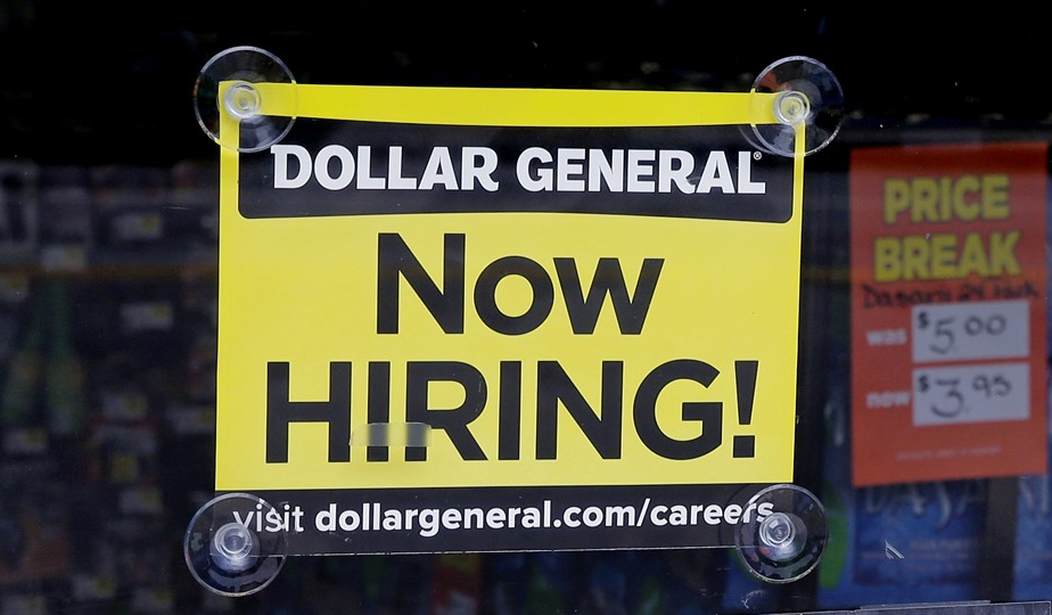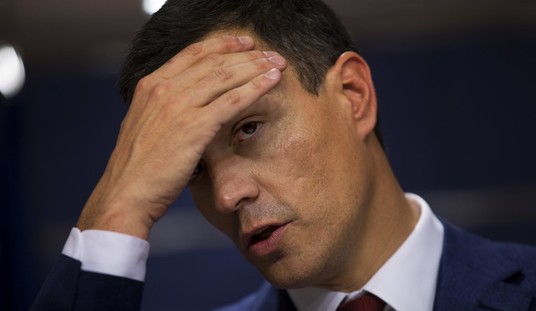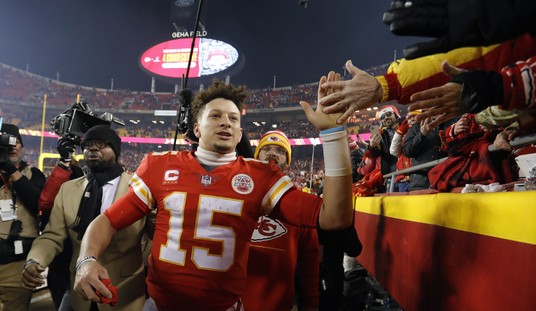The Bureau of Labor Statistics says that the U.S. economy created 850,000 new jobs in June, surpassing expectations and leading to hopes that the long-awaited recovery in the labor market is finally picking up steam.
The rate of unemployment rose to 5.9 percent from 5.8 percent, reflecting possible disruptions in manufacturing supply chains.
With restrictions on seating capacity lifted, bars and restaurants appear to finally be gaining ground. Employment surged in the leisure and hospitality sector, with 343,000 jobs added, more than half of that in restaurants and bars. Hotels and other accommodations added 75,000.
But the number of people who are employed was still far below the pre-pandemic peak of 152 million in February 2020. The addition of 850,000 jobs brought national employment to just 145 million.
Average earnings too, continued to increase, climbing 10 cents for all employees to $30.40 an hour, following larger increases in May and April. The Bureau of Labor Statistics said the wage increases reflect increased demand for labor at this stage of the recovery.
Job growth in April, revised down to 269,000, and May, revised up to 583,000, while not anemic, fell well below the hopes that more than one million jobs could be added per month in the spring. Republicans had tried to seize on those reports to suggest that Biden’s economic agenda was falling short.
Some 25 states have ended all or part of the federal unemployment benefits that had been extended twice during the pandemic. Do you think that might have had anything to do with the increase in employment? Silly question.
Analysts had estimated that the economy would add 700,000 jobs last month, which was an exercise in lowering expectations. In the spring, those same analysts were predicting a million jobs created every month. They didn’t count on the president promising to raise taxes and stifle growth with economy-destroying climate change policies.
Related: Radical Democrats Want a Permanent Expansion of Unemployment Benefits
Why the increase in unemployment? Drew Matus, chief market strategist for MetLife Investment Management is worried about the rise in the unemployment rate.
“A lot of the employment gain, let’s call it a quarter, was in state and local government education hiring,” he said. “Could be seasonal that pushed the headline number higher.”
Modest job declines in motor vehicle manufacturing of about 12,000, and construction, of about 7,000, could be a sign of material shortages continuing to plague some sectors of the economy, Matus said.
Supply chain issues have plagued sectors like manufacturing — helping to drive up prices and complicate the recovery as consumer demand and activity rebounds. And inflation remains a concern of top policymakers in Washington, after more than a year of low interest rates and stimulus measures have helped fire up the economy.
We were instructed not to worry about inflation. Those experts obviously don’t shop at grocery stores. If they did, they’d know that prices are rocketing up a lot faster than the rate of inflation would suggest. Policymakers don’t include food or fuel prices in their “market basket” used to determine the inflation rate. There’s some logic to that given the inflation rate is affected by seasonal changes in prices.
But it doesn’t help ordinary people who are doing double-takes at prices that are shooting up weekly.
The good news is that there are still plenty of jobs out there. The bad news is that there are still plenty of jobs out there. The recovery is still limping along and it wouldn’t take much of a shock to derail it.










Join the conversation as a VIP Member